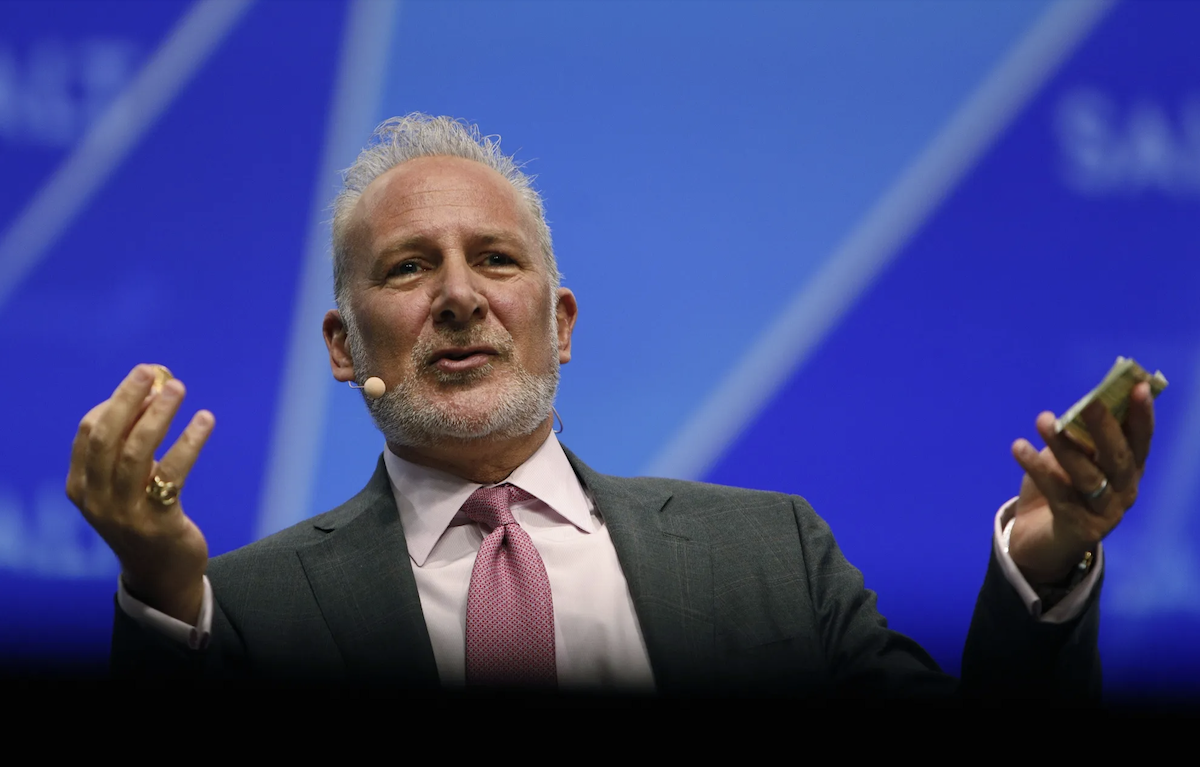
With homeownership increasingly out of reach for the average American, lower interest rates will counterintuitively deepen the divide between the haves and have-nots, according to economist Peter Schiff.
“Cutting interest rates won’t fix the housing market. It just lets people borrow more money to buy overpriced homes,” Schiff wrote.
“The real solution is letting house prices fall so buyers don’t need to borrow as much to buy them. Ironically, Fed rate cuts will push mortgage rates even higher,” Schiff said.
Schiff’s remarks followed Fed Chair Jerome Powell’s speech at the Jackson Hole Symposium, which reignited expectations of a September rate cut and beyond.
Economist Alex Kruger even argued that markets underestimated the likelihood of a larger, 50 basis-point cut next month as policymakers turned their focus to a weakening labor market.
Investors have pointed to lower interest rates as a way to tame housing costs. While the Fed doesn’t set mortgage rates directly, it influences them through the broader cost of credit. Banks typically pass on lower financing costs to consumers.
But research shows lower mortgage rates don’t necessarily improve affordability. A 2024 Dallas Fed study concluded that while cheaper financing reduces borrowing costs, it also fuels demand and pushes home prices higher.
“Housing affordability not only depends on mortgage rates but also on house prices, which have competing effects,” wrote Dallas Fed economists Alexander W. Richter and Xiaoqing Zhou.
Housing affordability worsens across the country
Americans are still grappling with the aftershocks of pandemic-era rate cuts, which ushered in a surge in housing demand and sent home prices soaring.
Since the Fed began raising interest rates in 2022, the market has effectively frozen: sellers are reluctant to list, buyers are priced out, and renters face even greater challenges breaking into homeownership at today’s elevated prices and mortgage rates.
A new InvestorsObserver study found that 29 of the 100 largest U.S. metros now face “severe affordability gaps,” defined as the difference between median household incomes and the income needed to qualify for a typical home purchase.
The least affordable regions remain concentrated on the West Coast, the Northeast, the broader East Coast, and Hawaii.
The report also noted that modest real wage gains — just 1.4% between 2024 and 2025 — have done little to close the gap, leaving affordability challenges largely intact.
The affordability crisis has created an unusual dynamic in the housing market, with existing homes now priced higher than new builds by the widest margin on record.
The gap largely reflects homeowners’ reluctance to sell and give up their ultra-low mortgage rates for today’s much higher ones.
Your email address will not be published. Required fields are markedmarked